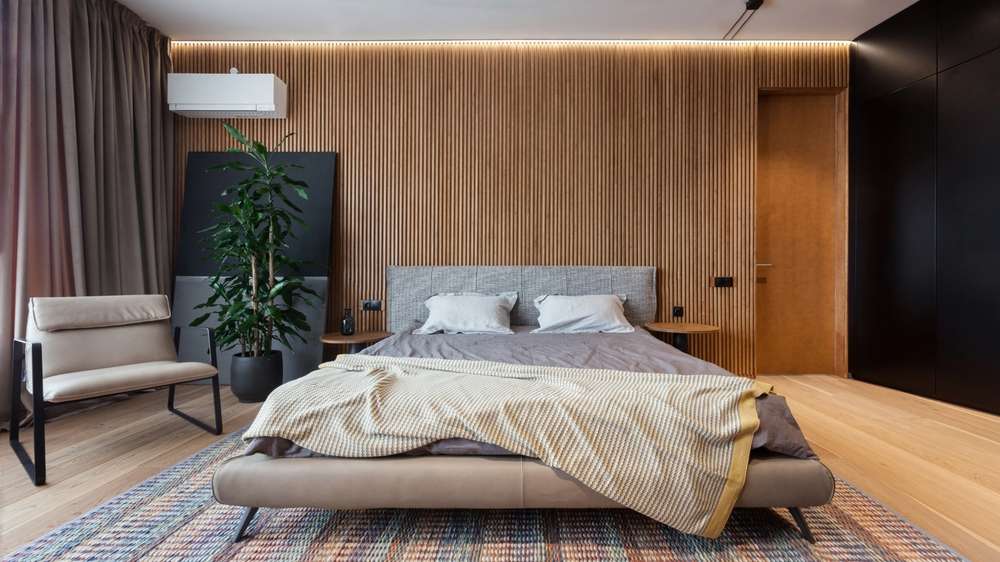Textile Choices That Balance Comfort and Maintenance
Choosing textiles for a living space often means balancing how a surface feels with how easy it is to care for. Fabrics influence daily comfort, wear, and cleaning routines, and the right decisions help a room look inviting while reducing long-term upkeep. This article explains practical textile options and strategies that support comfort without adding maintenance burdens.

What fabrics suit a sofa for daily use?
A sofa is usually the focal point and receives the most use, so pick textiles that combine comfort with resilience. Tightly woven synthetic blends, performance fabrics, and treated cottons resist stains and abrasion while maintaining a soft hand. Natural fibers like wool can be durable and breathable but may require more specialized cleaning. Removable cushion covers and sofa slipcovers help manage maintenance by allowing regular washing or professional cleaning. Consider fabric color and pattern to hide wear and minor stains while matching overall decor.
How do textiles affect layout and ergonomics?
Textile choice plays into how you arrange seating and accessories for comfort. Heavier fabrics work well for upright, structured sofas placed in formal layouts; lighter, breathable textiles suit lounging areas and flexible seating arrangements. Ergonomics links closely to padding density and fabric stretch: low-stretch fabrics preserve support and shape, while elastic fabrics allow more give for casual layouts. For modular seating, choose textiles that tolerate repeated movement along seams; consistent performance across modules helps maintain an even look over time.
How can color and lighting influence fabric performance?
Color and lighting both change how textiles look and age. Darker colors can conceal spills and wear but show lint and pet hair more readily, while lighter shades highlight dirt yet brighten a room. Consider how natural and artificial lighting affect fading: south- or west-facing windows may accelerate color change, so use UV-filtering window treatments or mix in durable, fade-resistant fibers in high-exposure areas. Using layered lighting—ambient, task, and accent—lets you choose textiles that perform well under realistic viewing conditions rather than harsh or overly dim light.
How do textiles contribute to acoustics and zoning?
Textiles absorb sound and help define zones within an open plan. Heavy curtains, area rugs, upholstered panels, and soft-accessories reduce reverberation and improve conversational comfort without heavy maintenance. Choose rugs with stain-resistant treatments for traffic zones and pair them with underlays to protect floors and prolong textile life. In a zoning approach, textiles can visually separate a lounge area from a work nook or dining spot while providing functional benefits like noise damping and thermal insulation.
Can sustainability and upcycling improve maintenance?
Sustainable textiles and upcycling can reduce environmental impact while offering practical maintenance advantages. Recycled polyester or upcycled cotton often comes pre-treated for durability and can be easier to clean than delicate natural fibers. Natural, low-impact finishes like plant-based dyes and tightly spun wool may resist odors and reduce the need for frequent laundering. Upcycling furniture with new, durable upholstery extends product life and can be a cost-effective maintenance strategy when paired with stain-resistant treatments and modular components.
Are modular, multifunctional, and storage-friendly textiles practical?
Modular and multifunctional pieces benefit from textiles designed for frequent handling and versatile use. Look for fabrics with good abrasion ratings and colorfastness so modules remain uniform after cleaning. Materials that are easy to wipe down or machine-washable covers suit storage-friendly furniture and pieces with integrated storage compartments. Accessories like removable armrest covers, zippered cushions, and protective slipcovers add maintenance flexibility. Incorporating biophilic elements—natural textures and plant-friendly fabrics—can enhance wellbeing while requiring only modest care when chosen appropriately.
Conclusion
Balancing comfort and maintenance starts with realistic expectations about use. Prioritize durable weaves and practical surface treatments for high-traffic pieces like sofas, adopt color and lighting strategies to manage visible wear, and use textiles strategically to improve acoustics and zoning. Sustainable and upcycled options can offer long-term benefits, and modular or multifunctional designs paired with removable, washable covers reduce upkeep. Thoughtful textile choices make everyday living more comfortable while keeping maintenance manageable.





